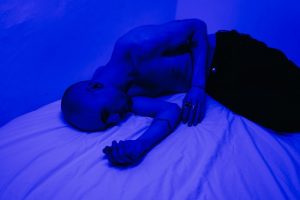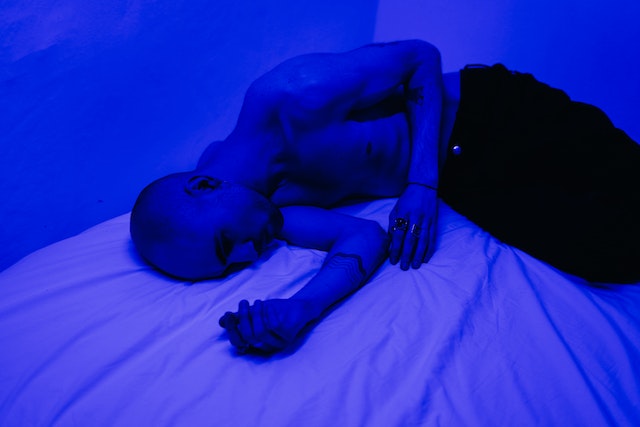How Technology Affects Sleep Patterns and Contributes to Insomnia
In today’s digital age, technology has become an integral part of our lives, affecting various aspects, including our sleep patterns. This article explores the impact of technology on sleep quality and its contribution to insomnia.
The Digital Age: How Technology Impacts Sleep Quality
The prevalence of smartphones, tablets, and computers has transformed our bedtime routines. This section delves into the ways technology disrupts sleep patterns and leads to sleep disturbances.
Blue Light Dilemma: The Effect of Screens on Sleep Patterns
Blue light emitted by screens can interfere with the body’s natural sleep-wake cycle. Discover how prolonged screen exposure before bedtime affects the production of sleep-inducing hormones.
Sleep Disruptions: Understanding Technology’s Role in Insomnia
Digital devices can be both a boon and a bane when it comes to sleep. This section discusses how excessive technology usage, social media, and online content contribute to insomnia.

Embracing Tech for Better Sleep: Solutions and Healthy Habits
While technology can disrupt sleep, it can also be harnessed to improve sleep patterns. This section explores apps, devices, and techniques designed to enhance sleep quality.
1. Sleep Tracking Apps: Monitoring and Analyzing Your Sleep
Discover how sleep tracking apps can help you gain insights into your sleep patterns, sleep duration, and efficiency, assisting in understanding your sleep needs.
2. White Noise Machines and Sleep Sound Apps: Enhancing Sleep Environment
Create a soothing sleep environment using white noise machines and sleep sound apps to drown out disruptive noises and promote relaxation.
3. Digital Detox: Establishing Screen-Free Time Before Bed
Learn the importance of implementing a digital detox routine before bedtime to reduce blue light exposure and prepare the mind for sleep.
4. Sleep-Friendly Features: Bedtime Mode and Night Shift
Explore the built-in features of smartphones and devices designed to minimize blue light emission during nighttime use, supporting better sleep quality.
Conclusion
Technology has revolutionized our daily lives, but its constant presence can negatively impact sleep patterns and contribute to insomnia. From the disruptive effects of blue light to the addictive allure of digital content, the influence of technology on sleep is profound. However, with conscious efforts and by embracing technology mindfully, we can reclaim restful nights. Utilizing sleep tracking apps, white noise machines, and digital detox strategies, we can strike a balance between our digital lives and a good night’s sleep. Prioritizing healthy sleep habits and establishing technology-free bedtime routines can go a long way in fostering better sleep and overall well-being. Remember, the path to a restful slumber lies in taming technology’s hold on our sleep patterns.




